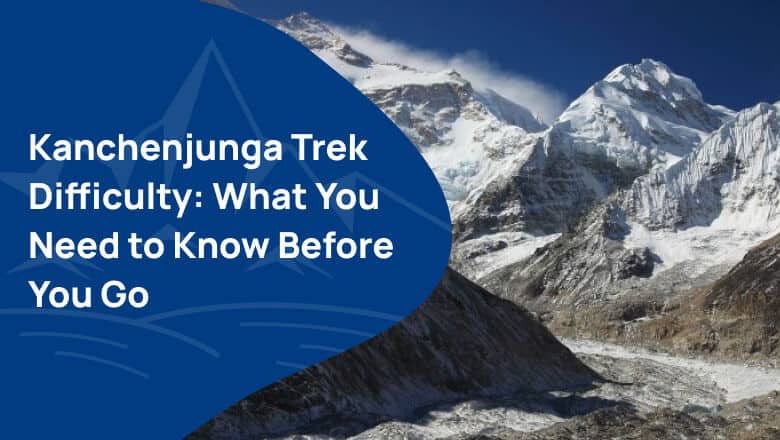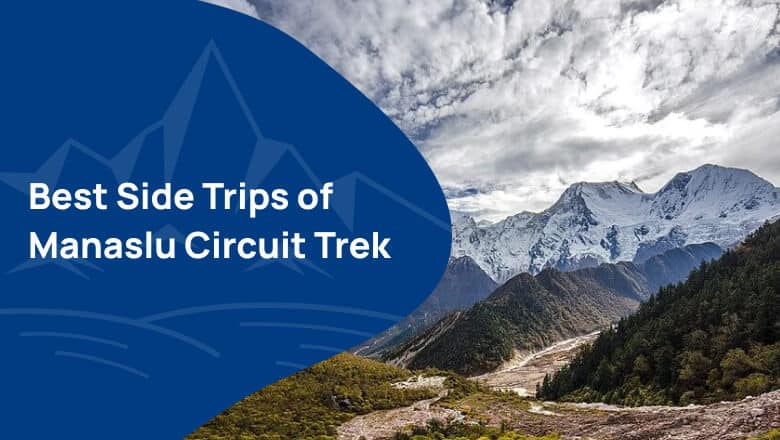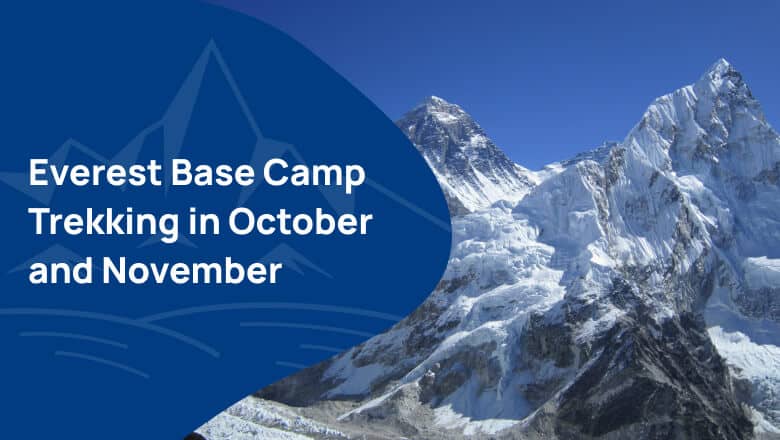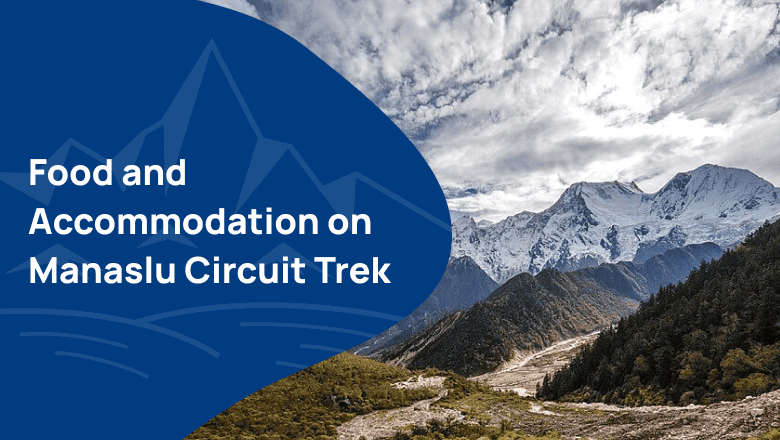Nepal is a trekker’s dream, with some of the world’s most beautiful landscapes and challenging trails. Among Nepal’s many trekking destinations, the Kanchenjunga trek is one of the most popular and rewarding because of its towering peaks, pristine forests, and rich cultural heritage.
The Kanchenjunga Trek may initially seem daunting if you are not an experienced trekker. In this article, I’ll provide you with an overview of the Kanchenjunga Trek’s difficulty and everything else you need to know to prepare for this unforgettable experience.
Contents
About Kanchenjunga Trek
The spectacular Kanchenjunga Conservation Area in eastern Nepal is where the Kanchenjunga trek takes you, allowing you to soak in this isolated area’s natural beauty and cultural richness. The region is named for Kanchenjunga Mountain, the third-highest peak in the world and the highlight of the walk. As you traverse the breathtaking landscapes and delve into the local traditions, our skilled ghostwriting services discreetly craft compelling narratives, ensuring that your story seamlessly blends with the awe-inspiring tapestry of Kanchenjunga.
The Kanchenjunga Base Camp Trek and the Kanchenjunga Circuit Trek are the two primary trek routes in the Kanchenjunga region. The Base Camp Trek brings you to Kanchenjunga’s base camp, which provides breathtaking views of the mountain and its neighbouring peaks. On the other hand, the Circuit Trek circles the whole Kanchenjunga massif, home to four of the world’s five highest peaks.
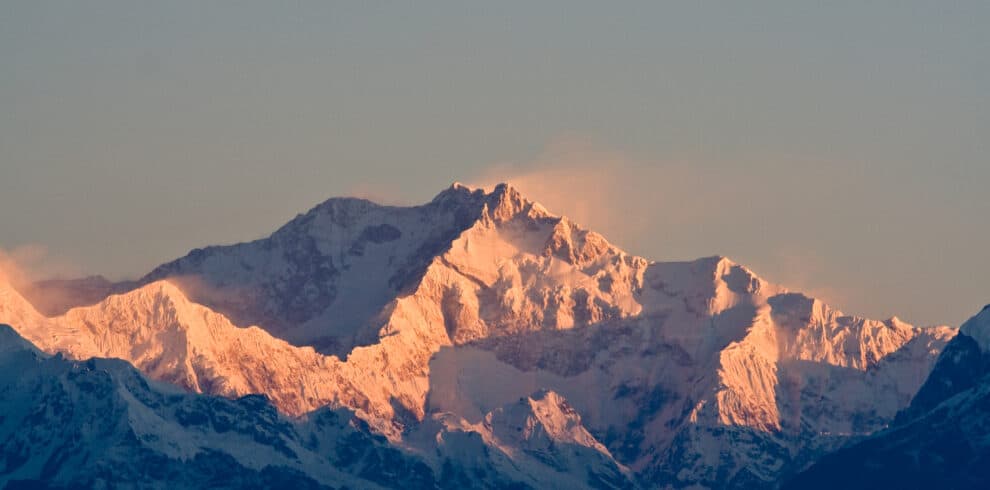
Mt. Kanchenjunga (8,586m), is the third highest mountain in the world after Mount Everest and K2,It is situated in the Kanchenjunga Conservation Area which was designated as a conservation area in March 1998 and covers an area of 2035 sq km in the Taplejung district, in the north eastern corner of Nepal. The region comprises some of the most stunning scenery to be found anywhere in Nepal. It is also a global hotspot for plant biodiversity. 23 species of rhododendrons alone have been identified by botanists in the area. Its rich forests support more than 250 species of birds and…
Overview of the Difficulty Level of the Trek
The Kanchenjunga trek is graded as a strenuous trekking destination that demands high levels of physical fitness, endurance, and mental strength. You will be trekking at altitudes of more than 5,000 meters (16,404 feet), with thin air and unpredictable weather. You will be walking through tough and steep terrain, with extended lengths of descends and ascends, river crossings, and winding pathways. Also, you’ll frequently spend many hours a day trekking in remote and isolated places.
This trek is difficult but isn’t impossible. To undertake the Kanchenjunga trek, you must be in the ideal state of health and mentally prepared for the upcoming challenges.
In the following parts of this article, I’ll talk about the physical demands and challenges of the Kanchenjunga Trek in more depth and give you tips and advice on how to get ready for this once-in-a-lifetime experience.
Don’t let the difficulty of Kanchenjunga Trek hold you back from experiencing the adventure of a lifetime. Get all the information you need to conquer this stunning mountain with our comprehensive guide. Click now to discover “A Complete Guide to Kanchenjunga Trek” and start planning your epic journey.
Factors Affecting the Difficulty of the Trek
1. Elevation
You will reach altitudes of nearly 5,000 meters (16,404 feet) on the Kanchenjunga trek, where the air is thin and the atmospheric pressure is low. As a result, your body may experience altitude sickness as you travel higher, resulting in headaches, nausea, and weariness. Therefore, proper acclimatization is essential to prevent altitude sickness and other ailments associated with high altitudes.
The below-provided table indicates some of the key elevations along the Kanchenjunga Trek:
| Place | Elevation (in meters) | Distance (in kilometres) |
|---|---|---|
| Taplejung | 1,740 | 0 |
| Chirwa | 1,270 | 9 |
| Sekathum | 1,660 | 14 |
| Amjilosa | 2,420 | 22 |
| Ghunsa | 3,430 | 36 |
| Kambachen | 4,150 | 45 |
| Lhonak | 4,790 | 52 |
| Pangpema | 5,140 | 56 |
| Sele La Pass | 4,290 | 61 |
| Tseram | 3,870 | 64 |
| Ramche | 4,610 | 72 |
| Oktang | 4,730 | 77 |
2. Terrain and Distance
The Kanchenjunga trek is one of the most extended treks in Nepal, full of rough hilly terrain with extensive lengths of uphill and downhill, narrow cliffs, crossing rivers and water streams.
During the Kanchenjunga trek, you will have to cover a distance of 8- 12 km a day. This involves an average of walking for about 6-7 hours a day.
Your trek starts from the Taplejung, where the terrain is relatively flat, and gradually gains altitude as you move toward the high mountains. The first few days of the trek involve walking through lush forests and crossing small streams. However, the trail becomes more challenging as you climb higher, with steeper ascents.
One of the most challenging parts of the trek is the ascent to the Sele La Pass, located at an altitude of 4,290 meters (14,070 feet). The trail to the pass is steep and rocky, with loose scree and boulders. It requires a lot of energy and stamina to climb up to the pass, but the stunning views of the surrounding peaks and glaciers make it all worth it.
3. Weather and Temperature
Weather and temperature are the major factors determining trek difficulty, and the weather is unpredictable in the Kanchenjunga region due to its high-altitude location. Evening and daytime temperatures can differ dramatically; at higher altitudes, they can even fall below freezing. On your journey, you might also experience snow, rain, hail, and strong winds, all of which can make it more difficult.
For Kanchenjunga trekking, the most favourable months are April, May, September, October, and November. The weather is quite good during these months, even at higher altitudes. There are fewer chances of rainfall, snowfalls, and bad winds.
The table below gives you a general view of the weather conditions and the crowds in the Kanchenjunga Region in different months.
| Month | Temperature (°C) | Precipitation (mm) | Weather Conditions |
|---|---|---|---|
| January | -5 to 7 | 30 to 50 | Cold and dry |
| February | -3 to 9 | 30 to 50 | Cold and dry |
| March | 2 to 13 | 50 to 100 | Mild and dry |
| April | 6 to 16 | 100 to 150 | Mild and dry |
| May | 9 to 18 | 150 to 200 | Warm and dry |
| June | 11 to 20 | 200 to 250 | Warm and wet (monsoon season) |
| July | 12 to 20 | 300 to 350 | Warm and wet (monsoon season) |
| August | 12 to 20 | 300 to 350 | Warm and wet (monsoon season) |
| September | 11 to 19 | 200 to 250 | Mild and wet (monsoon season) |
| October | 6 to 16 | 150 to 200 | Mild and dry |
| November | 1 to 11 | 50 to 100 | Cold and dry |
| December | -3 to 8 | 30 to 50 | Cold and dry |
4. Fitness Level Required
Another major factor that affects the difficulty of the Kanchenjunga Trek is the fitness level of the trekker. The Kanchenjunga trekking journey is an extended trek of 22- 24 days. Therefore, the trek demands a high level of physical fitness as it involves a lot of uphill and downhill walking, and the altitude gain can be quite significant.
To successfully conquer the trek, you must be in the best physical shape, stamina, and condition. You should take training in cardiovascular endurance, strength, and flexibility and have expertise in trekking at high altitudes. I highly advise you to train at least six months before your trek.
5. Acclimatization and Safety Measures
Proper acclimatization is crucial to avoid altitude sickness and other altitude-related illnesses. It’s recommended to spend a few days in the lower altitudes to adjust to the high altitude gradually. You should also carry a first aid kit, a portable oxygen cylinder, and a satellite phone for emergencies. Trekking with a licensed guide and a porter is highly recommended for safety and convenience.
Looking for something a bit easier? Check out our article on “Easy Treks in Nepal” for some great options.
Challenges of Kanchenjunga Trek
Some of the potential challenges that trekkers may encounter on the trek include:
1. Altitude Sickness
As mentioned earlier, the Kanchenjunga Trek takes you to high altitudes where the air is thin and the atmospheric pressure is low. Altitude sickness is a common problem that many trekkers face while trekking in the Himalayas. The symptoms of altitude sickness include headache, nausea, vomiting, dizziness, and shortness of breath. To deal with altitude sickness, it’s essential to acclimatize properly and take it slow. If the symptoms worsen, it’s best to descend to lower altitudes or seek medical attention.
2. Extreme Weather Conditions
The weather in the Himalayas can be unpredictable and extreme. As you go higher and higher, the weather changes are frequent. As the weather conditions worsen, you may encounter different risks. Some are the chances of rock slides, slippery terrains, landslides, and many others. Therefore, in case of extreme weather, it’s best to stay put in a safe place until the weather clears up.
Apart from altitude sickness, here are some of the common health challenges that you may face due to extreme weather conditions are:
- Hypothermia
- Dehydration
- Sunburn and Frostbite
- Respiratory problems like cough, shortness of breath, and chest congestion.
3. The Remoteness of the Region
The Kanchenjunga trek takes you to some of Nepal’s most remote and isolated areas. The trekking trails are often far from the nearest village or town, and communication facilities are limited. Therefore, it’s essential to carry a satellite phone and a first aid kit and also to trek with a licensed guide and a porter familiar with the area.
4. Length of the Trek
As mentioned earlier, the Kanchenjunga trek is a long-duration trek that takes around 22-24 days to complete, covering a total distance of approximately 170 kilometres (105 miles).
During the trek, you’ll be walking for an average of 6-7 hours a day, and the terrain is quite challenging. You’ll encounter steep ascents and descents, rocky and uneven terrain, and suspension bridges over deep gorges.
Even the most experienced trekkers can get tired of trekking for more than three weeks. So, it’s essential to make sure you’re physically prepared for the trek before you start.
Before we move on to the next topic.
Do you have any question about trip to Nepal?
Tell us about your trip to Nepal and what you expect from it. We will answer your questions in 24 hours and help you design a trip with a comfortable itinerary to meet your needs best.
How to Reduce the Kanchenjunga Trek Difficulty?
Following the tips below, significantly reduce the difficulty of the Kanchenjunga trek and enjoy a safe and comfortable adventure.
1. Choose the right season.
The trek’s difficulty in the region also depends upon the time of the trek. The Kanchenjunga region experiences heavy snowfall during the winter months. Similarly, there is heavy rainfall with hot and humid conditions in the summer monsoon season, making the trek more challenging.
The best time to trek to Kanchenjunga is from March to May and September to November when the weather is dry and mild, making the trek more comfortable.
2. Take time to acclimatize:
The acclimatization process is one of the best ways to tackle altitude sickness in high-altitude regions. While trekking in the Kanchenjunga region, you will reach altitudes of nearly 5,000 m, which can cause altitude sickness. Therefore, it’s essential to take your time to acclimatize to the altitude by spending a few extra days at a lower altitude to allow your body to adjust to the lower oxygen levels.
3. Train and prepare beforehand.
As the Kanchenjunga trek passes through the challenging, rugged terrains of the region, including the uphill and downhill trails, being in good physical shape and adequately prepared for the trek is essential.
I recommend you start training at least six months before the trek, focusing on cardiovascular endurance, strength, and flexibility exercises. Training beforehand can help you build endurance and stamina, making the trek easier.
Additionally, having some prior experience in hiking before attempting the Kanchenjunga Trek is undoubtedly effective. It will help you to build tolerance and strength, which will be required during the trek.
4. Choose comfortable accommodations
There are several lodges and tea houses along the Kanchenjunga trek route that offer basic accommodations. However, opting for more comfortable accommodations with better facilities, such as hot showers and comfortable beds, can help you rest better, reducing the physical strain on your body.
5. Pack adequate gears
The Kanchenjunga trek is a long-duration trek that takes more than two weeks to complete. On the trail, you will not find places to buy anything if you forget to get that by yourself. So, prior to departure, create a list of essential items and avoid adding optional items that will only add unnecessary weight.
6. Hire an experienced guide.
An experienced guide can make a huge difference in lessening the trek’s difficulty. The local guide has extensive knowledge of the area and its routes. These will safeguard you from any mishaps and injuries you may experience on the trail. A guide can also assist you with language, cultural understanding, and local expertise.
Another piece of advice would be choosing the right company with a professional guide and crew. The Kanchenjunga trek itinerary is customizable according to your preference. Therefore, the agency can help curate the itinerary as per season and your choice by adding buffer days in unfavourable weather conditions, injuries, and other challenges.
Final Say
In conclusion, the Kanchenjunga Trekking is a challenging but worthwhile journey that provides breathtaking landscapes and the chance to explore the remote areas of North Eastern Nepal. The difficulty level of the trek is high, but even beginners may take on the challenge with careful planning and preparation.
I’ve talked about how popular the Kanchenjunga Trek is, how hard it is, what it takes physically, what problems might come up, and how to reduce them. I hope this article has given you insightful knowledge on the Kanchenjunga Trek difficulty and motivated you to undertake this exciting adventure.
Ready to Book a Trip Now?

Mt. Kanchenjunga (8,586m), is the third highest mountain in the world after Mount Everest and K2,It is situated in the Kanchenjunga Conservation Area which was designated as a conservation area in March 1998 and covers an area of 2035 sq km in the Taplejung district, in the north eastern corner of Nepal. The region comprises some of the most stunning scenery to be found anywhere in Nepal. It is also a global hotspot for plant biodiversity. 23 species of rhododendrons alone have been identified by botanists in the area. Its rich forests support more than 250 species of birds and…

